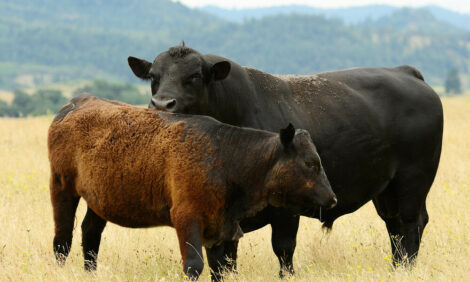



Indonesian Restrictions Have Little Effect
AUSTRALIA - Thousands of top end cattle aren't flooding into Central Australia as predicted, following Indonesia's weight restrictions on live exports, however this isn't necessarily a bad thing.The Roe Creek cattle yards in Alice Springs have cattle numbers only slightly up on this time last year and few have come from up north, reports ABC Rural.
Manager Steve Turner says there is little pressure on the local market, and many stations are holding onto their cattle due to the region's good pasture.
"It makes it a lot easier if you don't have to worry about getting your cattle off and they're getting fatter every day," he says.
"And coming out of the dry seasons that we've had, it's held the stations up from mustering. A lot of the places just haven't started work yet."
And in a twist to what's been reported further east and in the Northern Territory, the stock squad police officer who inspects cattle at the port of Karumba in Queensland says he's seeing more cattle head onto boats.
When the Indonesian Government enforced a 350-kilo weight limit on cattle exported into the country, graziers had to think twice about where to send their livestock.
There have been reports of fewer cattle being exported, but detective sergeant Bob Guteridge, from the Cloncurry stock squad in north-west Queensland, says he's seeing the complete opposite.
"So far we're at boat number eight for the year and that was the same as for the entire 12 months last year," he says.
"I think it's obviously a combination of many things.
"The number of cattle on the ground up there and the buoyant market; the prices are there for those specific weight cattle and there just seems to be an operation that's really melding and coming together well."


